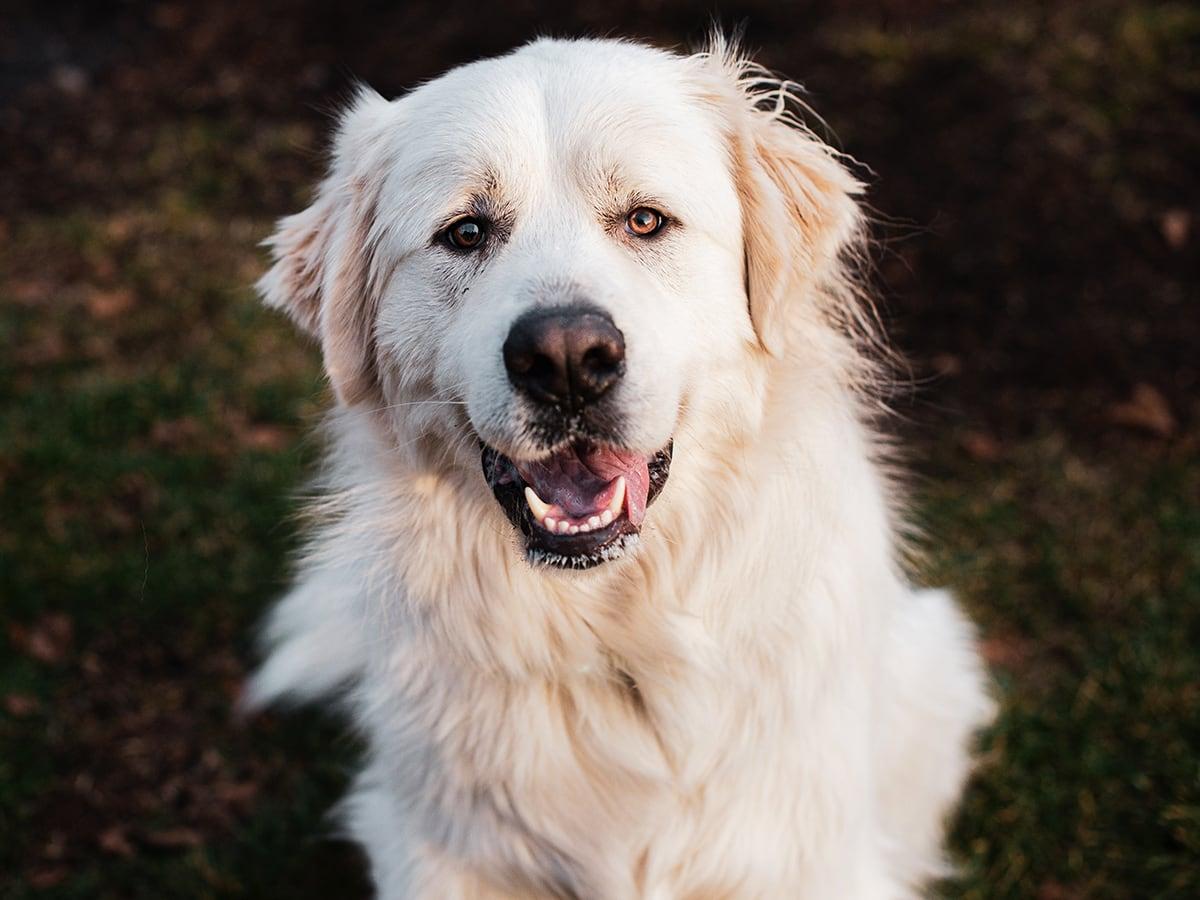Hypothyroidism affects humans, but did you know that dogs can also suffer from this health condition? In this article, we’ll cover all you need to know about hypothyroidism in dogs, from what it is, and how it’s diagnosed, to how it’s treated and what you can expect if your dog is affected.
Breeds commonly affected:
English Setter
Giant Schnauzer
Border Terrier
What is hypothyroidism in dogs?
Hypothyroidism is when a dog’s thyroid hormone level is lower than normal. This is usually caused by a problem with the thyroid gland (in the neck), which can be acquired or present since birth (congenital). Most cases of hypothyroidism in dogs are acquired and are due to loss of working thyroid tissue. Thyroid tissue may stop working following inflammation, known as thyroiditis, or in some cases, the thyroid tissue is destroyed and replaced with fatty tissue, in a process known as atrophy. Aside from problems with the thyroid, hypothyroidism can also occur due to a lack of hormones from the pituitary gland or hypothalamus in the brain, which are needed to stimulate thyroid hormone production.
What are the symptoms of hypothyroidism in dogs?
Hypothyroidism in dogs can affect the skin and hair coat as well as their metabolism, and the symptoms of hypothyroidism in dogs include:
Hair loss or thinning fur
Weight gain
Lethargy
Acting dull or subdued
Darker areas of skin due to hyperpigmentation
Horner’s Syndrome
Signs of secondary skin infections including redness, scurf, and itching
White fat deposits in the cornea of the eyes, known as corneal lipidosis
It’s important to remember that not every dog with hypothyroidism will show all of these symptoms.
How is hypothyroidism in dogs diagnosed?
As well as taking a history from the owner and performing a physical examination, vets need to do additional tests to diagnose hypothyroidism. But, diagnosing a dog with hypothyroidism isn’t as simple as taking a blood test to prove that they have low levels of thyroid hormone. A dog’s thyroid hormone level can be low for other reasons, including certain medications and illnesses unrelated to the thyroid. Therefore, as well as measuring a dog's thyroid hormone, it's also important to test their thyroid stimulating hormone, which is released into the blood from their pituitary gland. If a dog's thyroid hormone level is low, but their thyroid stimulating hormone is high, it means that their body needs more thyroid hormone than is being produced and that the thyroid gland isn't responding to the signal from the pituitary gland. This indicates primary hypothyroidism. There are other methods of testing thyroid hormone levels, and if the results are inconclusive, a different method may be used.
What is the treatment for hypothyroidism in dogs?
Thankfully, hypothyroidism in dogs can be treated by supplementing with thyroxine, a synthetic thyroid hormone. This is available in tablet form, and dosing may be once or twice daily depending on the dose needed. Unfortunately, supplementation is required for life, and regular blood tests will need to be performed, especially initially, to ensure that the dose is correct.
How much does it cost to treat hypothyroidism in dogs?
Because hypothyroidism requires life-long treatment, the cost of medication can quickly add up, making it costly to treat. According to data from Spot Pet Insurance, the average nationwide cost to treat hypothyroidism in dogs in the US is $226.49, and, if you live in one of the states listed below, here’s an idea of what you might expect your dog’s treatment to cost.:
California - $305.12
New York - $124.36
Texas - $199.09
Florida - $414.70
What is the prognosis for hypothyroidism in dogs?
Dogs with hypothyroidism usually have a good prognosis, responding well to treatment and becoming more alert and active. Over time, the skin and hair become healthier and weight management becomes easier. However, the condition cannot be cured so supplementation is required life-long.
Can hypothyroidism in dogs be prevented?
Unfortunately, hypothyroidism in dogs cannot be prevented. Currently, the reason for atrophy or inflammation of the thyroid gland is poorly understood, and any dog can be affected. However, certain breeds are affected more commonly than others.
Summary
Hypothyroidism in dogs can affect their weight, skin, hair, and general enjoyment of life. Thankfully, once the condition is diagnosed and treatment starts, your dog can begin to enjoy life again.
About the Author
This blog post was written by Dr. Hannah Godfrey, a veterinarian with experience in both mixed animal practice and specialized small animal care. She's passionate about providing pet owners with clear, accurate information. Learn more about her here.

Hannah graduated from the Royal Veterinary College in 2011 and began work straight away at a busy mixed practice. Initially, she treated all species, but focused on small animals from 2014. She has a passion for soft tissue surgery, ultrasound, and canine and feline dentistry, having completed additional training in these areas.
In 2018, Hannah began working at a smaller, independent practice close to home, in order to devote more time to her other loves – writing comedy fiction and spending time with her young family. She now spreads herself across clinical and non-clinical veterinary roles, including working as a locum vet, being Community Lead for a team of Human Factors trainers, and using her writing skills to help educate and inform pet owners.












